Birrong Dérive
- Marie Dustmann
- Oct 23, 2019
- 2 min read

I decided to explore a part of Sydney I’d never been to before. A dérive as defined by the French philosopher, Guy Debord, is an act of drifting through a usually urban environment to engage with it emotionally.
My dérive was planned, so it probably wouldn’t meet the definition of a real dérive, but it was a dérive nonetheless because I didn’t know what I would see or what I would think on my way.
I decided on Birrong, a south-western suburb of Sydney 22km from the CBD, for my dérive based on a map in my street directory. I felt like exploring an area with a largish park land and Maluga Passive Park was close enough to Birrong station for me to access it easily.
What interested me was how the flat 2D grid patterns of the street-lines on the map would translate into 3D. The idea of a passive park intrigued me too.
I started with the station.
I checked out the shops at the station, which seemed to be closed-down.
These shuttered shops reminded me of the shuttered shops on Canterbury Road in Canterbury. The main shopping strip of Birrong is on Auburn Road, a part of the suburb my dérive didn’t take me to.
I followed the route of the map along Rodd Street in the direction of Maluga Passive Park. The streets were far leafier than I’d expected.

Reaching the park, I was struck by a rainforesty smell with an underlay of mulch and mud from a casuarina-lined stream. The soundscape consisted of a variety of birds, including bell-like cheeps I couldn’t identify, interwoven with ibis honks and the laughter of school children walking on the other side of the road. A helicopter whirled over the rumble of traffic.

I tried to imagine what the original landscape had been like when the Darug people had lived here. It’s possible that the Bidjigal clan belonged to the land in this area.
I couldn't help feeling as if the land mourned the tragic loss of its original caretakers and the flora and fauna that had once been here.
Now Canterbury-Bankstown Council is endeavouring to maintain endangered ecological communities in the park, including a Castlereagh Ironbark Forest, Cumberland Plain Woodland, Sydney Turpentine Ironbark Forest as a habitat for flying foxes, possums, frogs, blue-tongue lizards and birds.
I saw plenty of birds, including ibis, magpies, ravens, Australian miners and ducks.
The passive park is set up to harvest stormwater to use to irrigate sports fields. The plant roots and soil in a bioretention raingarden filter out excess nutrients and pollutants.
The word Birrong means Star in the Darug language. Traditionally in the West, a star symbolises hope.








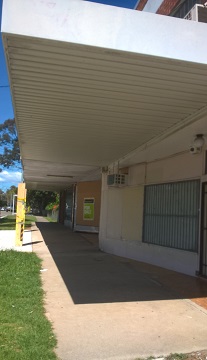

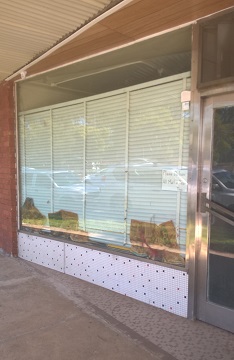

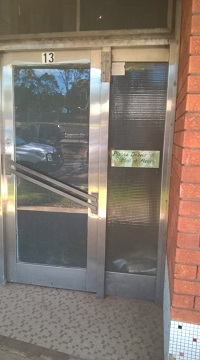

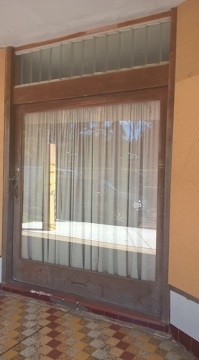

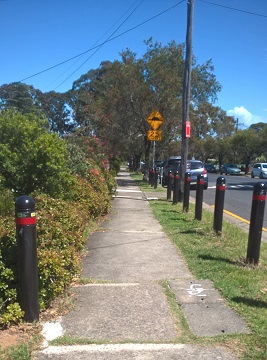

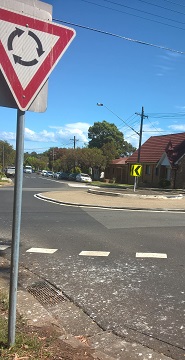



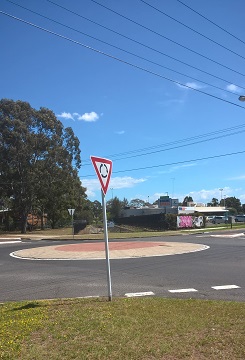

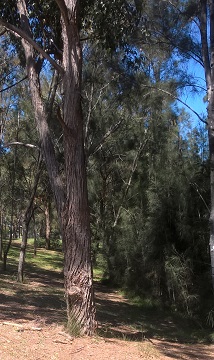



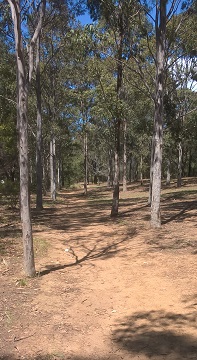

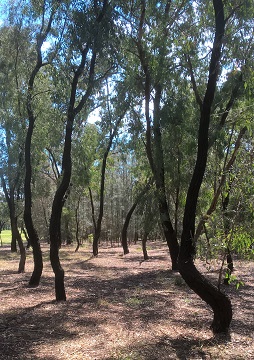












Comments